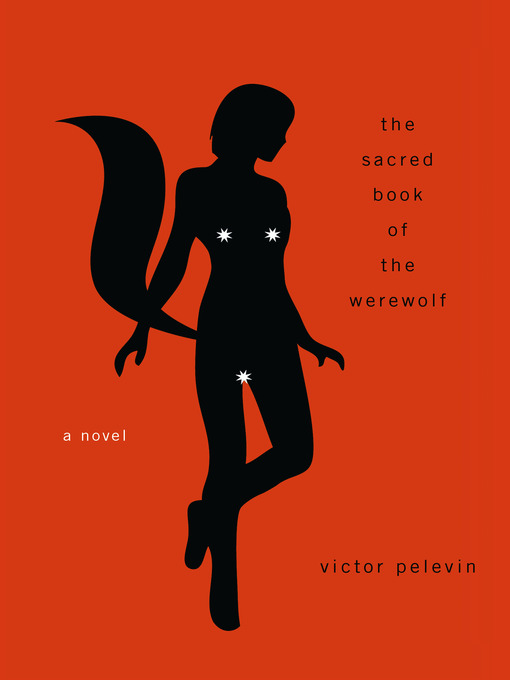
The Sacred Book of the Werewolf
A Novel
کتاب های مرتبط
- اطلاعات
- نقد و بررسی
- دیدگاه کاربران
نقد و بررسی

July 7, 2008
Russian novelist Pelevin's chaotic latest examines contemporary Russia as viewed through the eyes of A. Hu-li, a 2,000-year-old werefox who is able to transform into a beautiful nymphet. The opening chapter is both an introduction to werefoxes as well as an account of how werefoxes, working as prostitutes, utilize their stunning looks to absorb a man's life energy. Hu-li's experiences are standard for an ancient werefox until she meets Alexander, an attractive Russian intelligence officer who happens to be a werewolf. The two share a whirlwind romance, and after some trouble, shack up in Hu-li's bomb shelter. While hiding out, Hu-li and Alexander argue about religion, death, truth and the like until they both claim to be the “super-werewolf.” This argument—and Hu-li's disclosure of her true age—rupture the bliss. Pelevin creates interesting enough characters, but the unexplainable plot twists and the author's preoccupation with philosophical ramblings are nearly as perilous as a silver bullet.

August 1, 2008
Part science fiction and part Anas Nin erotica, with a hint of Bridget Joness Diary and a whole lot of allegory, The Sacred Book of the Werewolf is the tale of A Hu-Li, a 2,000-year-old Taoist werefoxwho plies her trade as a prostitute in modern day Moscow. By hypnotizing johns with her magical tail, A Hu-li makes men believe they are having sex with her, earns a living, and maintains her virginity. That is until she encounters and falls in love with Alexander, a high-ranking Russian intelligence officer andnot so coincidentallya werewolf. As he has done in his earlier works (including Homo Zapiens, 2002), Pelevin uses satire as a lens through which to view life in the post-Soviet era while at the same time casting new light on Russias classic writing and writersNabokov, Gogol, and even Russian fairy tales. Outright strange at moments, the novel holds our interest with unpredictable twists and turns, leaving us stunned, puzzled, and asking for more.(Reprinted with permission of Booklist, copyright 2008, American Library Association.)

























دیدگاه کاربران